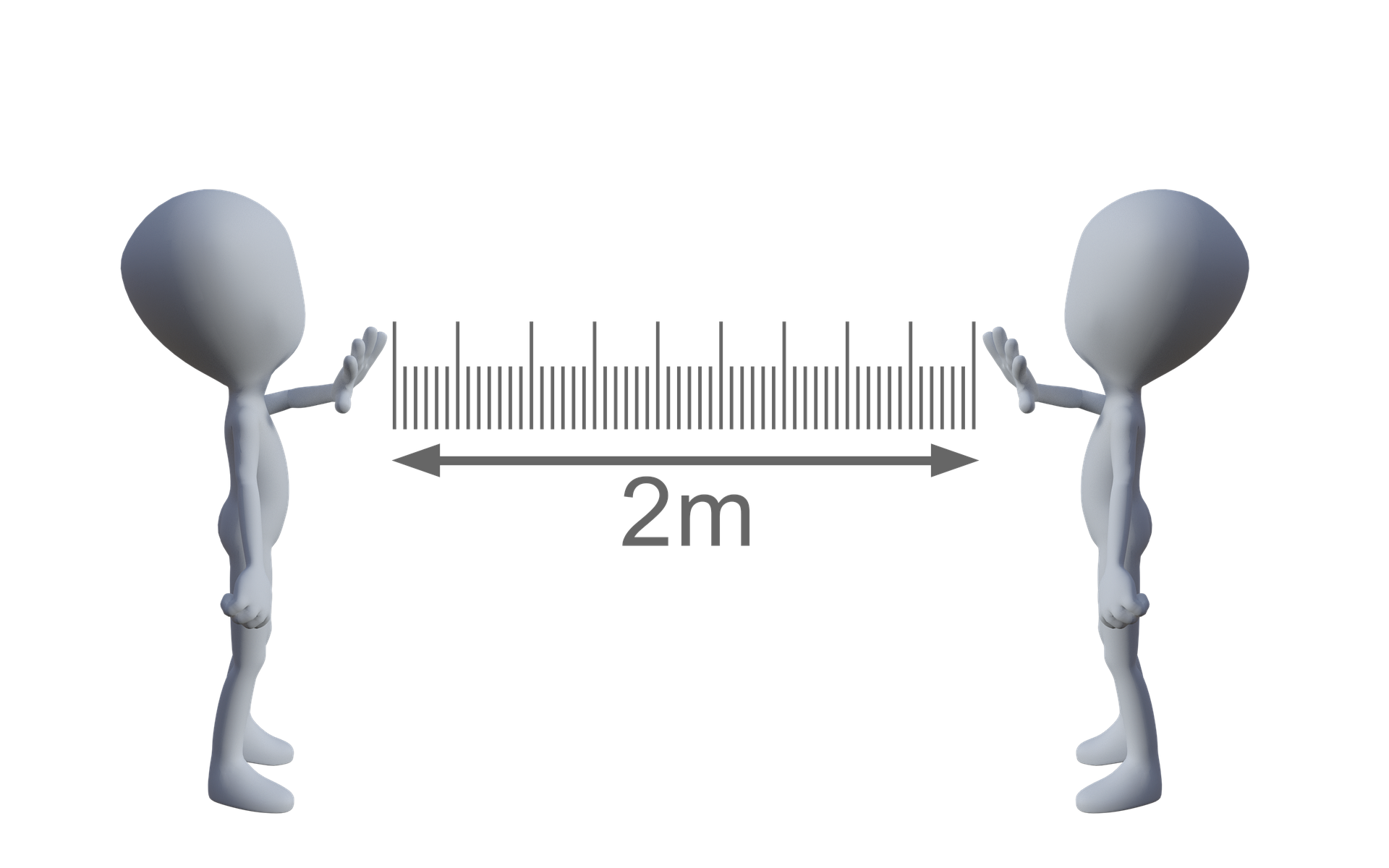Photo via Pixabay
It is March 22, the last day every West Chester University student gets to sleep in before online classes start the next morning. It is around 10:30 a.m. when I hear my phone ring from an unknown caller, and I anxiously answer it. The woman on the other end says, “Wow I saw your age and was not expecting you to actually pick up.” I laugh and respond, “I have been waiting for this phone call for days.”
There’s a short moment of silence beside the sound of my heart beating out of my chest. The woman continues, “This is actually the first person that I have to inform the news to that you did test positive for COVID-19.” I’m in total shock and my head begins to flood with questions but not a single one could come out of my mouth in disbelief of the news I just received.
I started to question; why me? I’m a 21-year-old in excellent health, I use hand sanitizer, wash my hands with soap for 20 seconds and Clorox to wipe everything down. I have done everything I physically could—and I still got it? I was so confident I didn’t have it. I had spent the past week walking freely around my house and was around my family as I waited to hear that my results are negative, and my doctor just had an extreme reaction to my symptoms.
After finding out I had COVID-19, I spent the next 10 days alone in my bedroom in isolation away from everyone else. I waited for myself to go 72 hours with no symptoms until I would leave my room. I felt a lot of guilt during this time for not listening to news about how serious this virus is and how many cases there are around the world.
As I continue to stay home in quarantine, it blows my mind how many people I see on social media that will hang out with friends, family and significant-others they do not live with on a daily basis. People may think, “It is only one person, what is the harm?”
The virus can live inside of you for two weeks with no symptoms. When I tested positive for COVID-19, I had to report to every single person I came in contact with for the past two weeks. Fortunately, for me, my list was not that long.
There are safe ways to social distance yourself. It is okay to go for walks outside, try new things at home, video chat with friends and focus on yourself for once. Social distancing is not house parties with less than ten people because you’re all standing six feet apart. It is not going for a hike with a group of people. Lastly, social distancing is not getting together with people outside of your household.
It is the job of the younger generations to flatten the curve for their parents, grandparents, anyone with a compromised immune system and overworked healthcare employees. Staying home may not be easy or the most fun. However, the sooner everyone self-quarantines the sooner life can go on.
Imagine that it is a sunny day in August, and everyone is so excited and packing their bags to go back to school. Everyone can’t wait to hug their friends they haven’t seen for months—the ones they never got the chance to say goodbye to over spring break—because no one saw this coming. Now imagine that it is still August and you check your school email to see the Fall semester will continue to be held via alternate modes of instruction. Imagine all sporting events canceled, all club events canceled, sitting in the quad with your friends on a nice day still canceled.
This may not be fun right now; the weather is getting nice, and beach trips with your friends sound so much better than staying home. The future depends on everyone coming together and holding each other accountable. We can still get through this together—from a distance. We will come out stronger than ever. We will learn to never take a moment for granted because you never know when you will miss late nights at the library stressed with your friends.
Lydia Kirkpatrick is a third-year majoring in media and culture.

